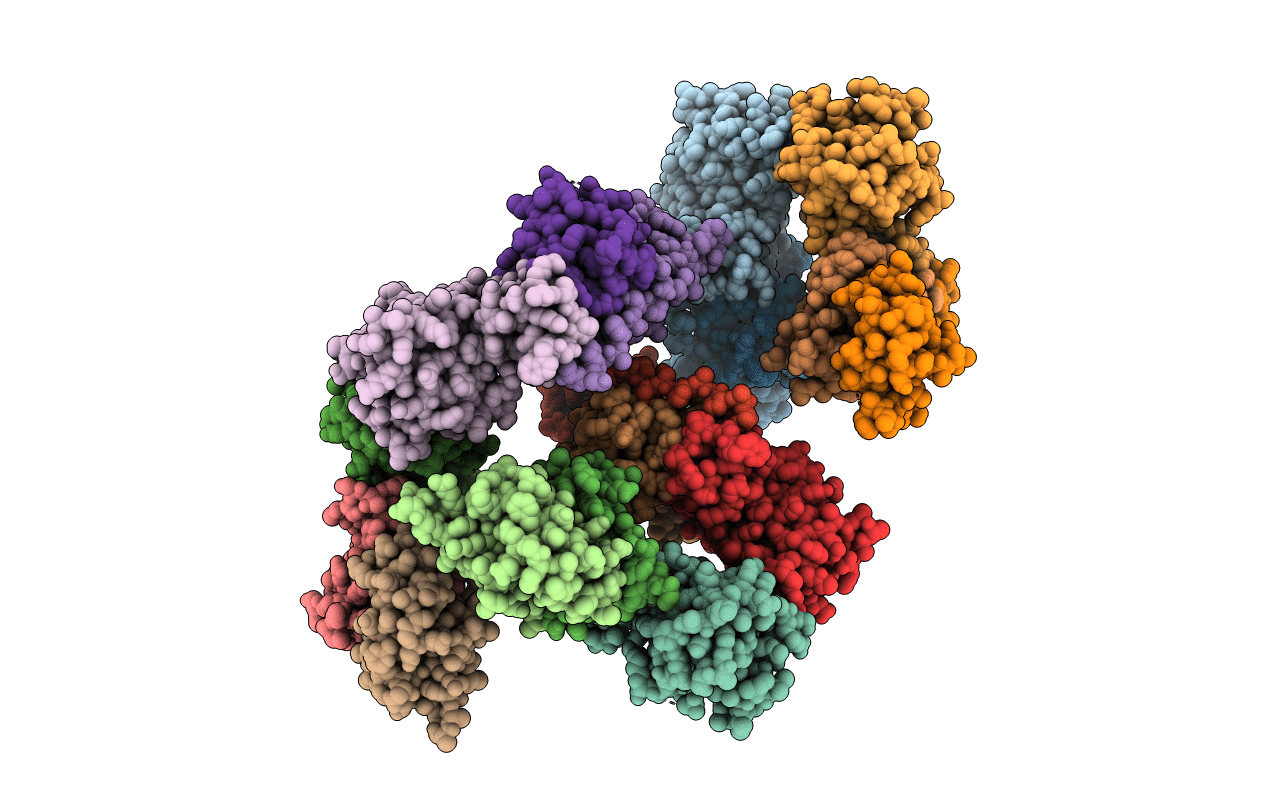
Deposition Date
2015-05-27
Release Date
2015-07-08
Last Version Date
2024-10-09
Entry Detail
PDB ID:
5BO4
Keywords:
Title:
Structure of SOCS2:Elongin C:Elongin B from DMSO-treated crystals
Biological Source:
Source Organism:
Homo sapiens (Taxon ID: 9606)
Host Organism:
Method Details:
Experimental Method:
Resolution:
2.90 Å
R-Value Free:
0.28
R-Value Work:
0.22
R-Value Observed:
0.23
Space Group:
P 32


